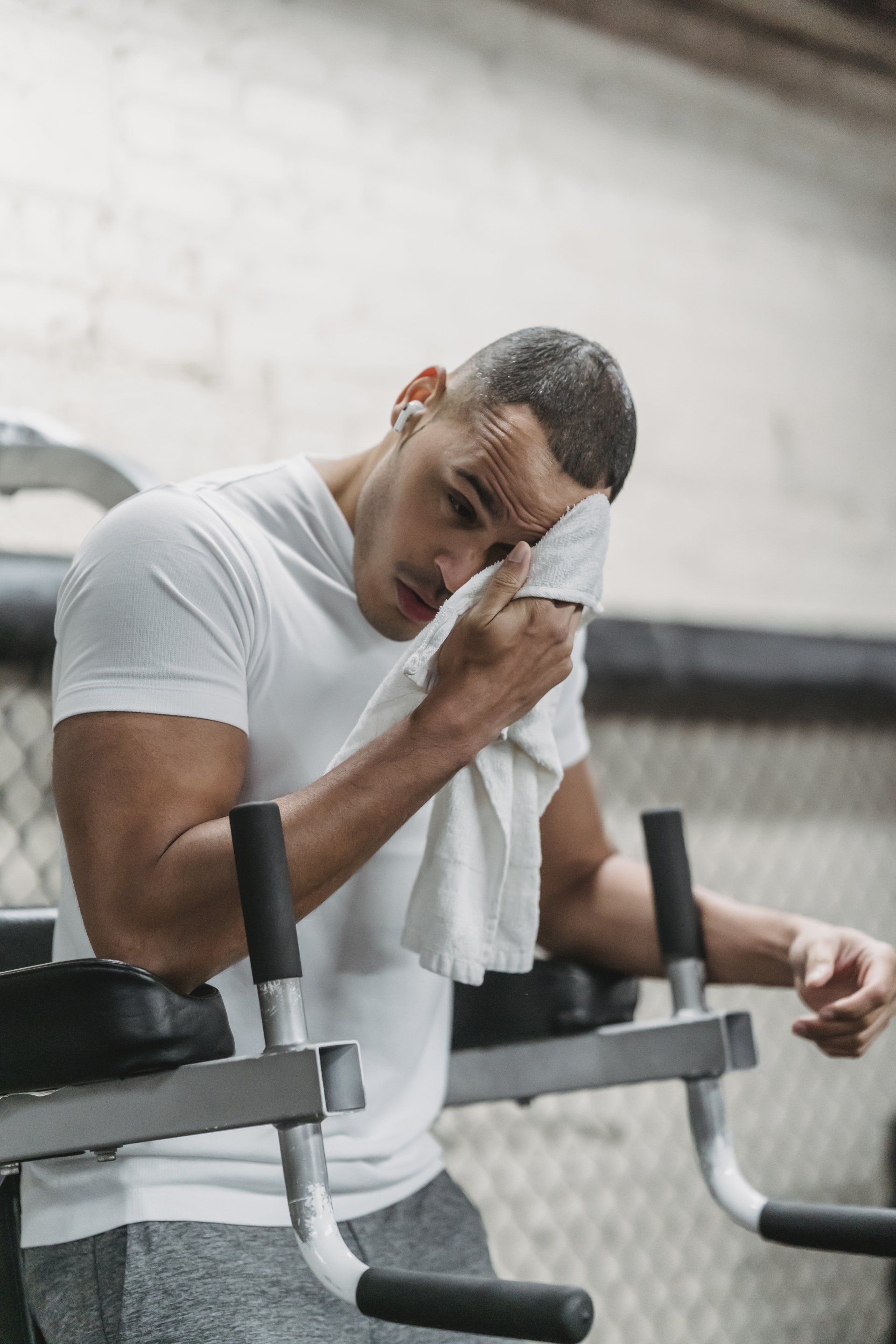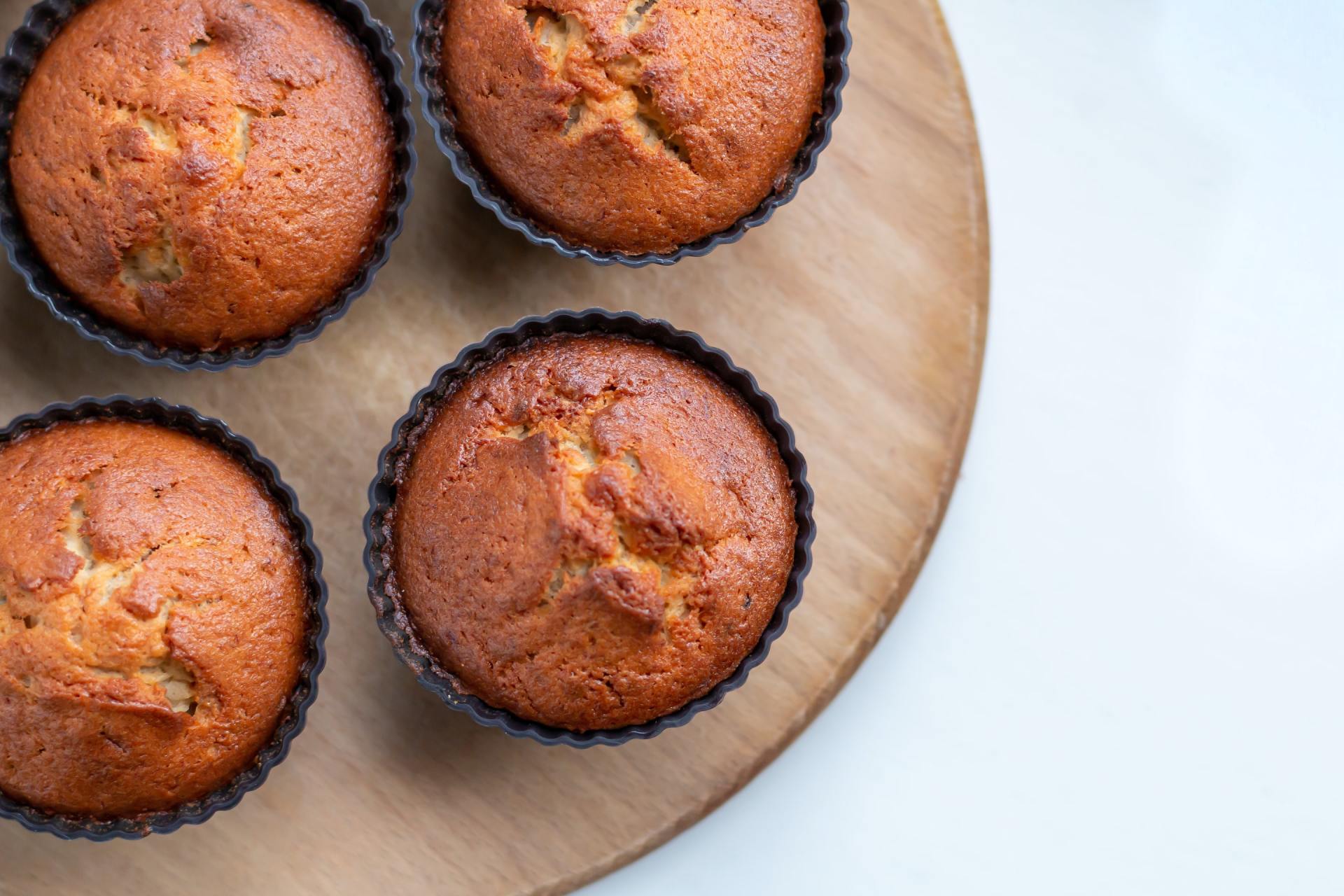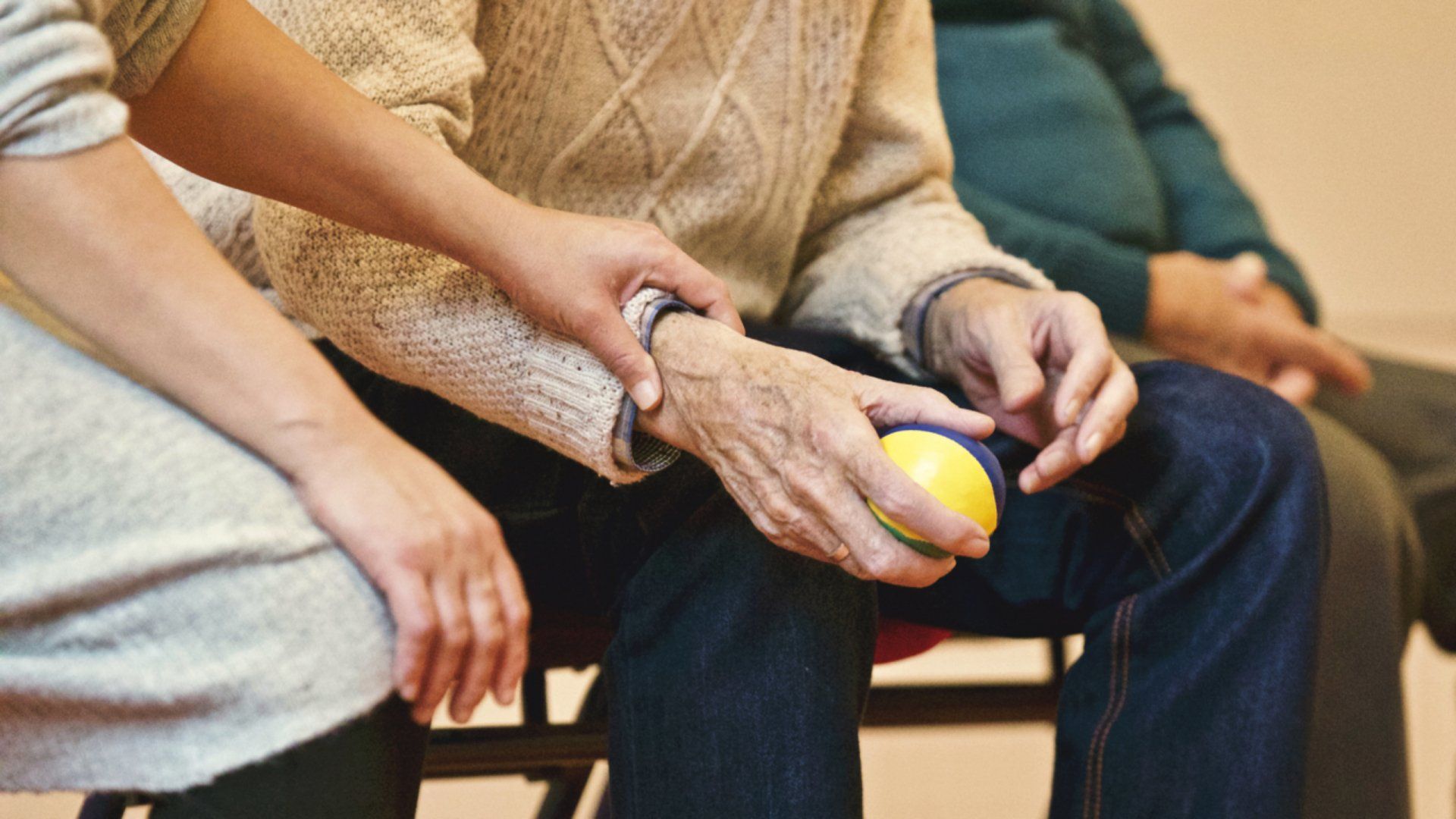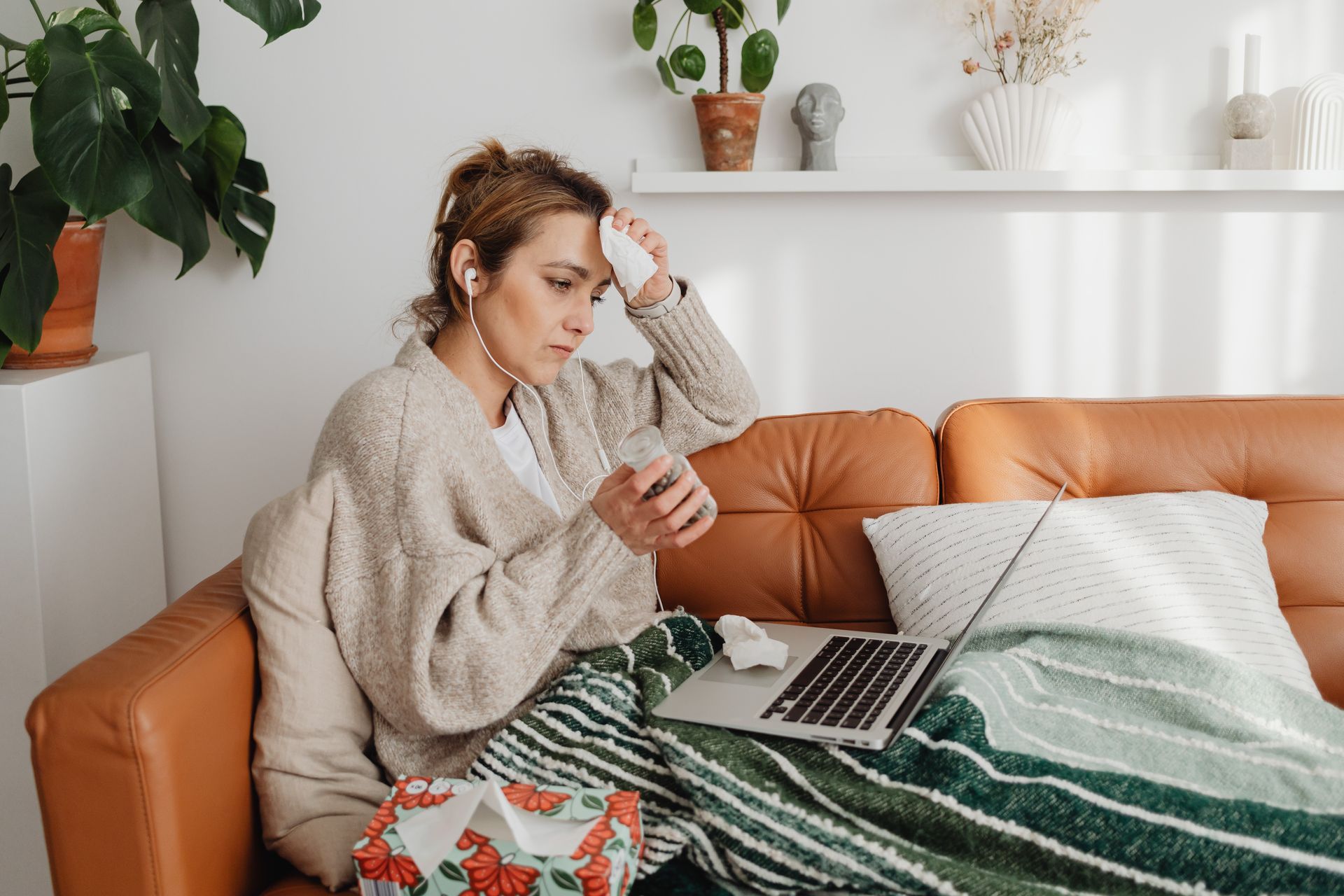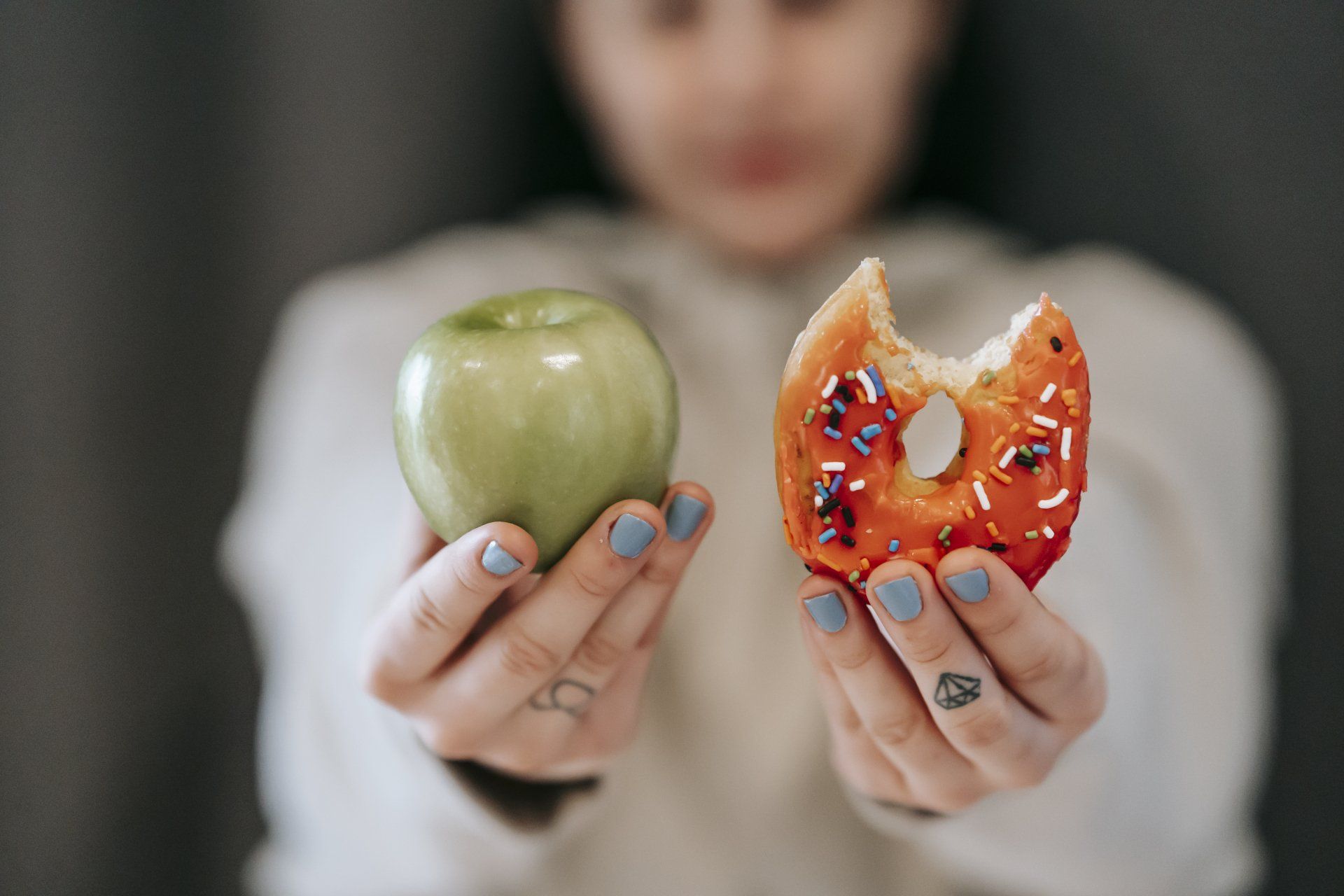Healthy Lunch Boxes For School Kids
We all want a healthy lunch box for our school kids, but it’s not always as easy as it sounds. Growlife Medical’s Robyn Curtis is an Accredited Practising Dietitian and Nutritionist, and via this article lends her many years of experience on how to pack a healthy and tasty lunch box. Robyn explores the many challenges, explains the nutritional needs of school kids, shares some lunch boxes ideas spanning the five food groups and also shares some inspiring healthy and kid friendly recipes.
School Lunch Challenges
- School break times generally allow two breaks, between 20-45 mins. in this time children generally get 15 mins to eat, then the remainder of the time to play, drink and go to the toilet
- Younger grades may get an early morning "munch and crunch" or “brain snack” time
- School kids are busy! They don't actually get much time in the day to eat
- Yet they need a sustaining source of energy, and fast!
- On top of this, parents experience lunch box fatigue in coming up with suitable ideas
- Plus schools have allergen policies which may exclude some foods e.g. nuts
- Parents/carers need to consider food safety and palatability ie. how to keep food cool (a warm squished ham and cheese sandwich and banana is not appetising and will come home uneaten!)
- Food needs to be easy to handle and eat ie. easy to eat with hands rather than needing cutlery
School Kids Nutritional Needs
- 2 serves of fruit
- 4-5 serves of vegetables
- 4-5 serves of grains (bread, cereal, pasta)
- 1-2 serves of protein (meat, fish, legumes, nuts)
- 1-3 serves of dairy
- 1 piece of fruit = 1 handful = 1 serve
- 1 vegetable = 1 handful = 1 serve
- for grains = 1 slice bread
- for protein = 1 egg or 65g ham/tuna/chicken
- for dairy = 20g cheese or 120g yoghurt or 1 glass milk
What To Pack In A Healthy Lunch Box
- Snacks - 1 grain, 1 piece of fruit
- Lunch - 2 grains, 1 vegetable or fruit +/- protein and/or dairy
- And of course a drink
- Snack - homemade muffin + apple;
- Lunch - sandwich (2 slices of bread) with any filling (spreads are fine) + carrot sticks + yoghurt pouch
- Drinks - water is the best drink
Lunch Box Food Safety, Preparation and Storage
- Look for an insulated lunchbox (look out in sales) - this will help to keep food cold and also prevent it from being squashed in the school bag
- Invest in some freezer bricks - usually only a few dollars from a supermarket
- Freeze foods where possible e.g. muffins, pikelets, bread to help keep food cool during the day
- Think ahead and prepare, chop, peel, freeze where possible e.g. making vegemite or jam sandwiches the night before, chopping vege sticks - spending 5-10 mins the night before a few times a week can make a difference in the morning rush
Other Lunch Box Tips
- Protein and dairy can be difficult food groups to get into lunchboxes - focus more on these foods at home, e.g. a good breakfast, nourishing after school snacks, on weekends
- There is no need to make lunch box foods fancy and complicated - if you enjoy making food different in presentation, and you have the time - that's great - but there is no need to spend more time and energy than you have available. As with any consideration in family life, aim to keep it simple, practical, achievable and sustainable
- Involve your child in making some of the decisions about their lunch, e.g. choosing new recipes to try on weekends, selecting their fruit or veges, choosing their sandwich filling
Healthy Lunch Box Recipes
Need some help on how to make a healthy lunch box? Here are some quick lunch box recipes that are great nutritional additions to your child's lunch box.
Mixed Berry Muffins
Ingredients:
300g wholemeal self raising flour
½ tsp baking powder
1/3 cup caster sugar
100g fresh or frozen raspberries (do not defrost frozen berries)
100g fresh or frozen blueberries (do not defrost frozen berries)
1 egg
1 cup milk ½ cup canola oil
Method:
1. Grease and line a 12 hole muffin tray. Preheat oven to 180 degrees Celsius.
2. Sift flour and baking powder into a large bowl. Then stir in sugar and berries.
3. Whisk egg, milk and oil together. Then pour into flour mixture and stir until just combined.
4. Spoon mixture into prepared tray.
5. Bake for 30 minutes or until a skewer comes out clean. Cool on wire racks.
6. Store in an airtight container for up to 2 days.
Banana Muffins
Ingredients:
- 1 small ripe banana
- 1 cup wholemeal self raising flour
- ½ cup white self raising flour
- ½ cup sugar
- 1 egg
- 2/3 cup milk
- ¼ cup canola oil
Method:
1. Preheat oven to 180 degrees Celsius. Grease and line a 12 hole muffin tray.
2. Mash banana in a large bowl.
3. Sift flour into the bowl. Add the husks left in the sifter.
4. Add in sugar, egg, milk and oil.
5. Stir gently with a wooden spoon until just combined.
6. Spoon mixture into prepared tray. Bake for 20 minutes or until golden. Cool on a wire rack
before storing in an airtight container or freezer.
Pikelets
Ingredients:
- 1 cup self raising flour
- 2 tablespoons caster sugar
- 1 egg lightly beaten
- ½ cup milk
- 1 teaspoon vanilla
- 1 teaspoon oil
Method:
1. Sift flour and sugar into a mixing bowl.
2. Add the egg, milk and vanilla. Beat with a fork until smooth.
3. Brush a non stick frying pan with the oil and place on the stove over medium heat.
4. Put spoonfuls of mixture into pan. Cook for one minute or so, then turn and cook for a
further minute. Remove from pan and leave to cool.
5. Spread with favourite toppings – butter and jam, cream cheese, or enjoy plain!
Apricot Buns
Ingredients:
- 125g wholemeal self raising flour
- 125g white self raising flour
- 125g butter
- 100g caster sugar
- 90g diced dried apricots
- 1 egg
- ¼-1/2 milk
Method:
1. Grease and line a baking tray. Preheat oven to a hot 225 degrees Celsius.
2. Rub flour and butter together with fingertips.
3. Add sugar and apricots and mix with a wooden spoon.
4. Mix egg and milk in a separate bowl.
5. Stir egg mix into the dry ingredients.
6. Drop spoonfuls of sticky mixture onto a tray.
7. Bake for 12-15 minutes, until buns lightly browned. Cool on a wire rack.
8. Recipe makes approx. 12 medium sized buns. Store in an airtight container or in the freezer.
Growlife Paediatric Dieticians

About the Author Robyn Curtis
Other Articles On Nutrition

